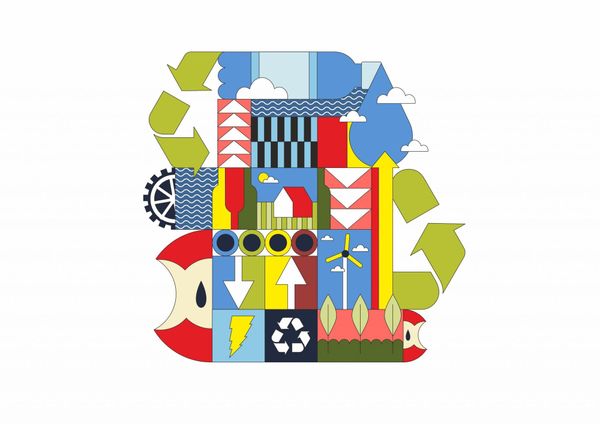What exactly does the term agile creativity mean, and what can a business leader expect from an agency that uses this method? Publicis Groupe Hungary is introducing something that is a rarity in the domestic but even in the international advertising market. Plus, they need even more creative “brains” now than ever before.
How much more attractive is it to work for an advertising agency today than it was ten to fifteen years ago? How can a capable agency respond to changes in the market without burning out colleagues and with satisfying customers? Are there opportunities for development within the company? Instead of speculating, it is better to look at a specific example: let’s see how Publicis Groupe Hungary answers the questions.
Revolutionist in the Hungarian advertising market
The Publicis Groupe embarked on its world-conquering journey from France in 1926, and set foot in Hungary in 1993. Today, it is considered to be one of the largest groups in the world, bringing together creative and media agencies such as Saatchi & Saatchi, Leo Burnett, Publicis (these are the creative brands), Starcom, Zenith and Performics (the latter are media agencies). Globally, they have more than 84,000 employees and two hundred and fifty people work at the Budapest base.
If we were to put it simply, what Publicis Groupe Hungary does, we would say that being an advertising agency, it invents and produces advertisements, and in fact, this is true (in addition to creative activity, they offer a 360-degree communication solution to their customers domestically). In the present case, it is not the answer to the question “what” but “how” that may be of interest to us, as they are considered to be revolutionaries in the Hungarian media market in several respects. And they do it all with global customers like Telekom, Samsung, Nivea, or the recently contracted Heidelberg.

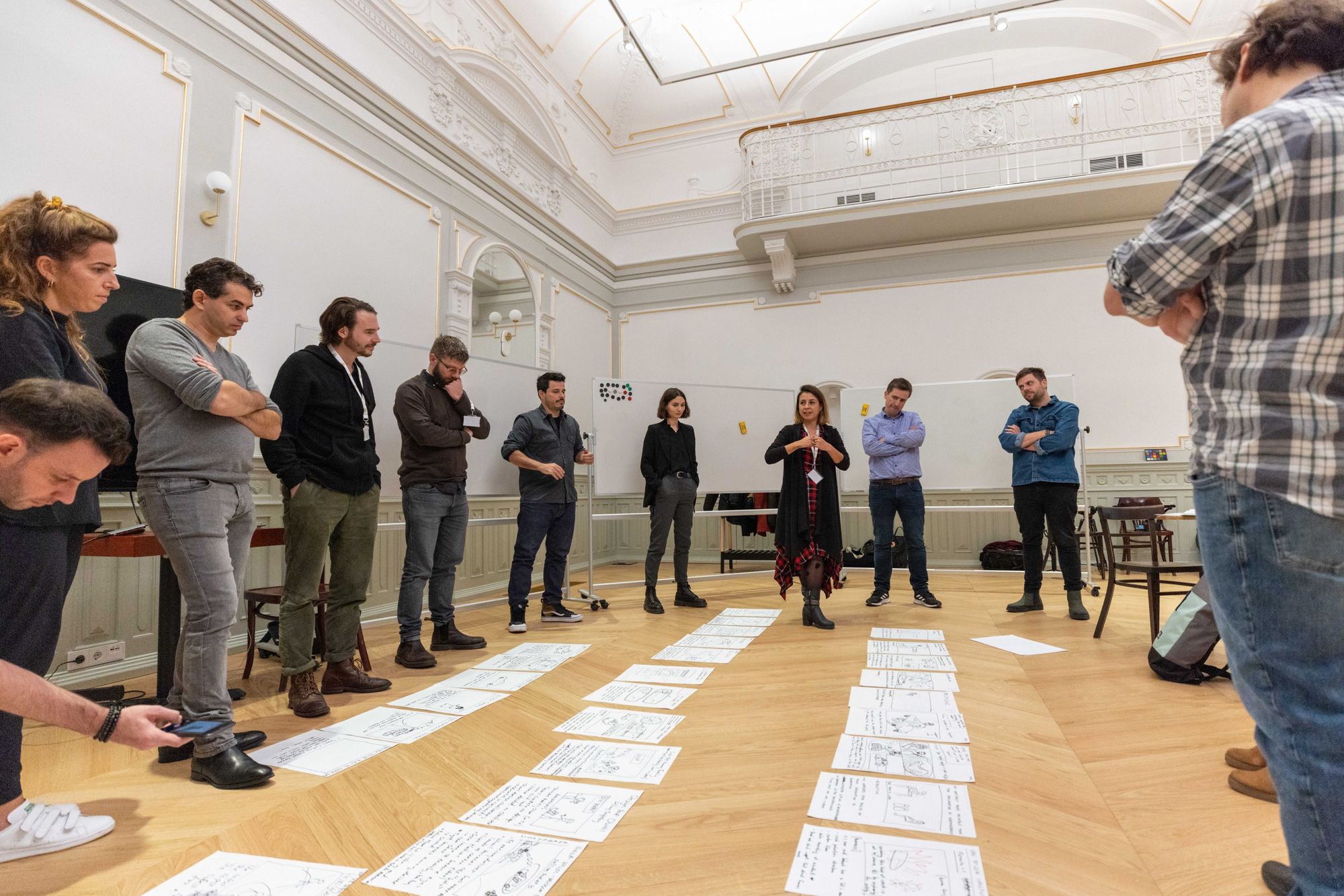
At the new headquarters of Publicis Groupe Hungary, in the spaces of the Irányi Palace, the integrated approach that is characteristic of the agency is also reflected in a tangible form. Contrary to common practice where, in many cases, the media and creative agencies are physically separated, these departments work in close proximity to each other in the new office every day, the various community and cultural spaces (the beautifully renovated nineteenth-century ballroom and café) create an opportunity for the staff to feel really at home here.
The magic word: agile creativity
But what is the common practice, for example, to create a TV commercial? The client formulates the business problem, the brief is born, which then goes to the creative team, they start developing the idea, then it is transferred to the media team, while the “email tennis” takes place continuously both in-house and with the client, and at the end of the process, the hoped-for TV commercial is born. Although this classic way of working also leads to results, there may be situations in the market where speed matters a lot: that is why Publicis Groupe Hungary puts the entire creative and production process on a new footing. How? The magic word: agile creativity.
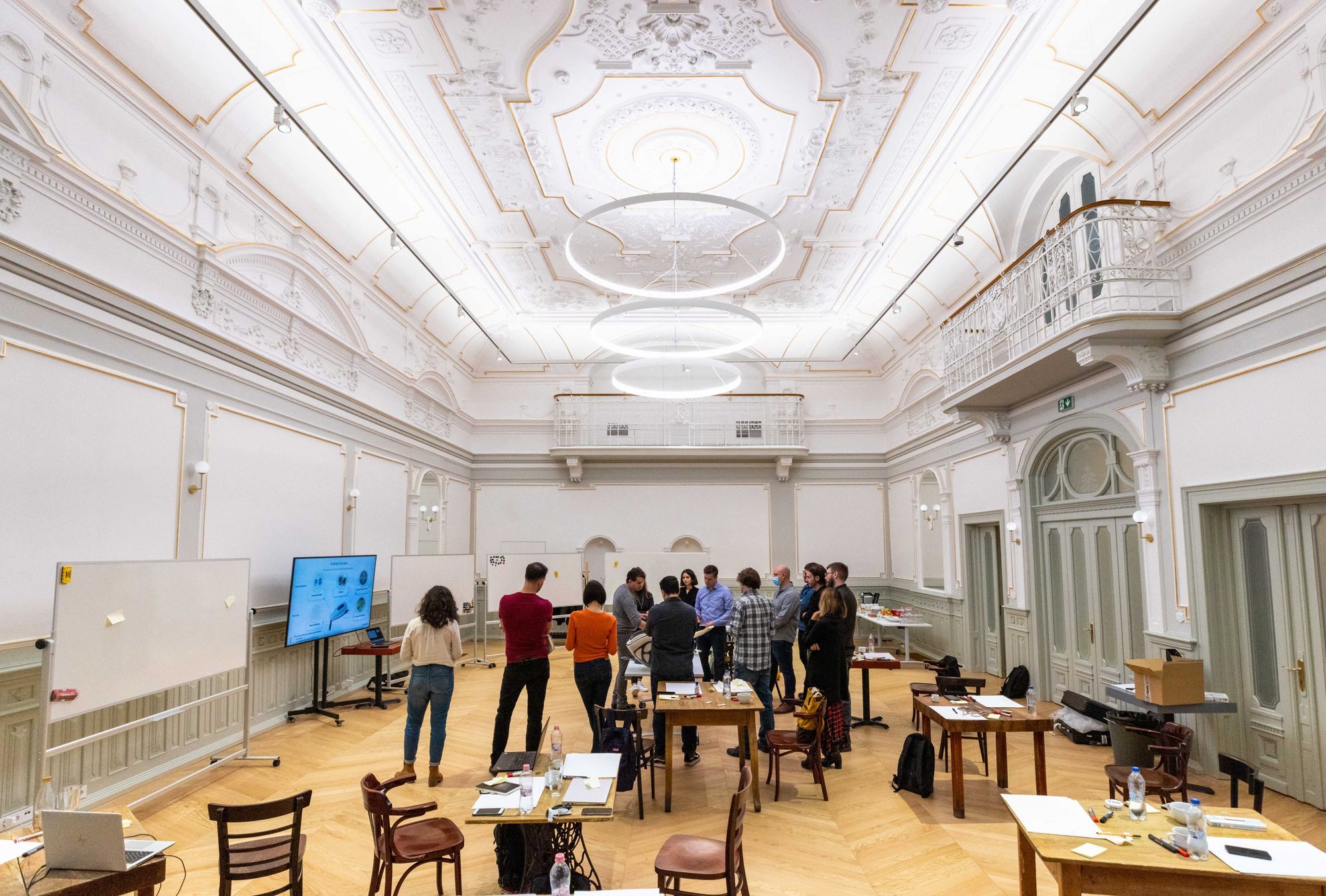
Creative ideas without the smell of sweat
But what exactly does the concept of agile creativity cover? The method was developed by Eric Rainsberry, creative director of Saatchi & Saatchi, who was inspired by the agile product development introduced by software developers and incorporated it into the everyday life of the advertising agency. And what does all this look like in practice?
Following the brief received from the client, the creative team will map out the basics and outline potential business and communication challenges through a mapping process based on quantitative and qualitative research. During the two-day design sprint—in teamwork with the client—a wealth of ideas is created for potential communication challenges. The creative team then continues to work on the ideas that have been chosen jointly by the creative director and the client, which are considered promising, and the scriptwriting begins. Finally, in the light of the campaign data, it is also revealed what ideas are really worth developing. With this process, a two-day intensive workshop, and the cooperation of colleagues with different background knowledge, a too-long procedure can be avoided.
The superpower of agile creativity is that the clients themselves are part of the development: they constantly give feedback to the teams working together so they shouldn’t be surprised at the end of the workflow. Thus, instead of the previously used method, where everything took too long for no reason, an effective partnership based on common understanding and values is established between the client and the agency.

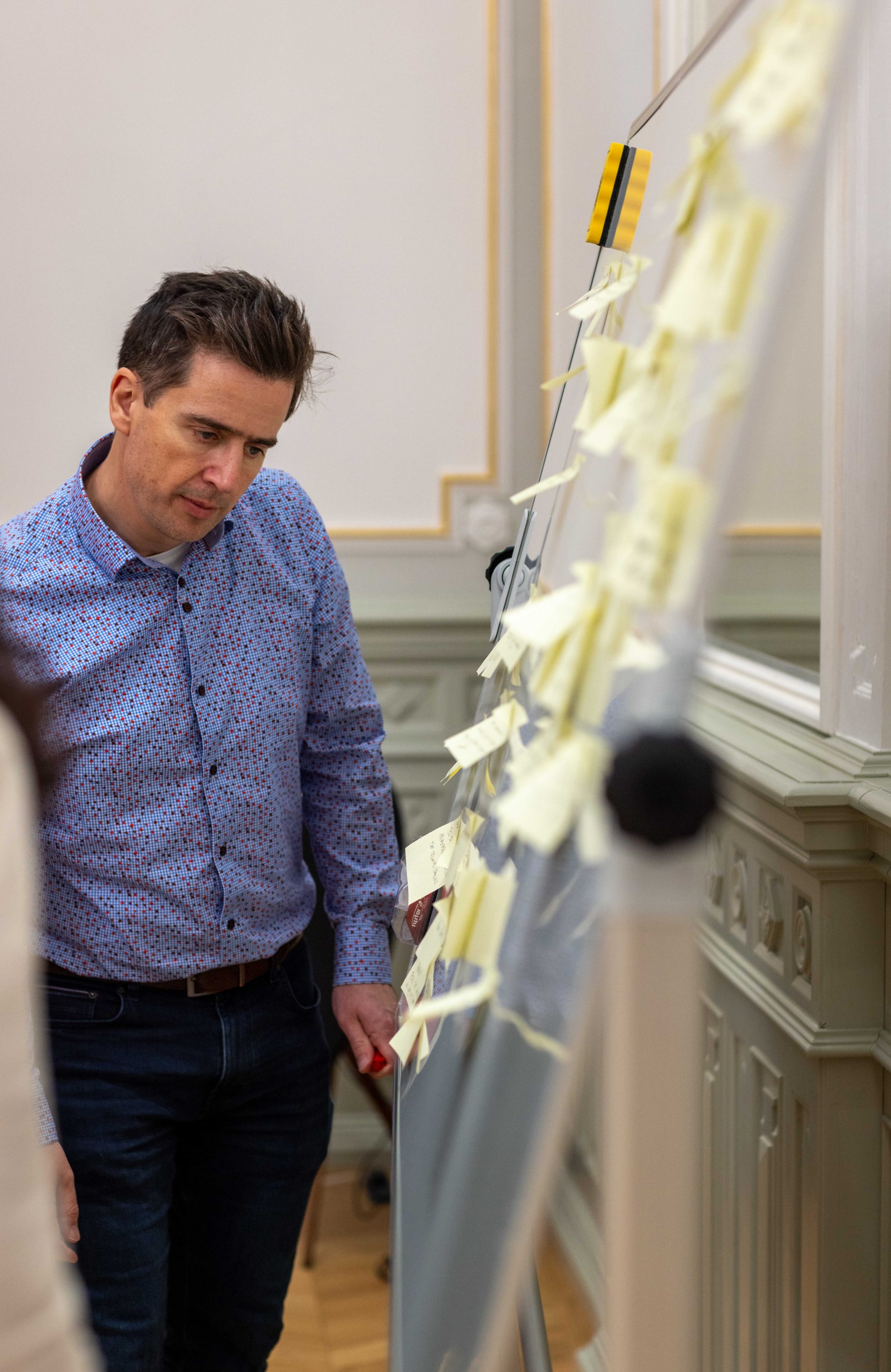
From the pregnancy test to being potty trained
Eric told us about the workflows of the biggest global diaper manufacturer’s digital strategy, a regular global customer of Publicis Groupe Hungary, owned by Procter & Gamble, where the agile creativity method has already been used. The world brand, which has long been present in the market and provides reliable quality, has faced the phenomenon that large-scale, private-label diapers have appeared on the shelves. So in order to increase sales, they had to ask the question: where does the diaper manufacturer have something new to offer?
As part of a long-term strategy, mixed teams of colleagues with different competencies outlined the consumer journey, which starts with a positive pregnancy test and lasts until the toddlers become potty trained. Designed primarily for the Western European and American markets, the website and app, while ultimately aimed at selling products, provide useful content for young parents who often struggle. The various pregnancy tools built into the site (childbirth calculator, weight gain calculator), articles on baby development or nutrition also aim at subconscious commitment to the brand, and at certain entry points, they offer a specific product tailored to the needs of the user from the manufacturer’s palette.

Win-win: both the client and the colleague win
The agile creativity method, of course, cannot or should not always be applied: “This is not a ’one size fits all’ solution that suits everyone, we rather apply it to regional or start-up companies. It is not absolutely necessary for them to explain this, as they also approach the development of their own brand in this view,” says Gábor Zoltán Varga, CCO (Chief Client Officer) of Publicis Groupe Hungary. Thanks to the method, in many cases not only communication but also business problems come to the fore at the very beginning of the cooperation. Thus, by using agile creativity, the agency also helps its clients to be able to see their own brand strategy from a different perspective.
Publicis Groupe Hungary works on the development of global and local brands at the same time, the composition of the teams is very diverse, different skills and nationalities come together in a project. And thanks to the agile creativity working method, ideas are always generated that are fresh and responsive to the needs of the market in a relatively short time, without the risk of burnout for colleagues.
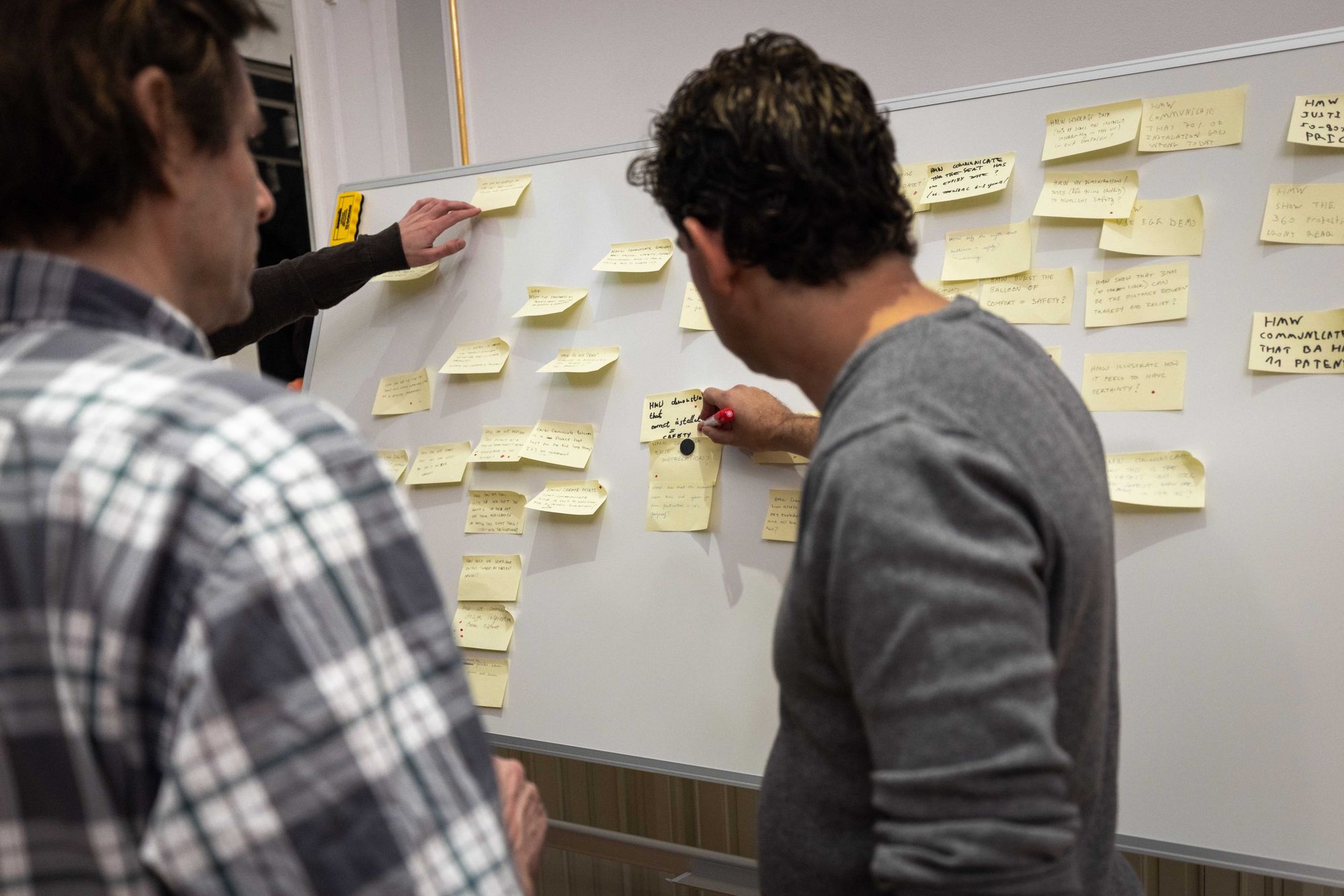
Breaking down stereotypes. Could it be possible?
According to Publicis Groupe Hungary, yes. There is a widespread perception among young creative professionals (think primarily of UX and UI designers, graphic designers, copywriters, art directors, and the like) that working for an advertising agency is no longer a prestige. A recent graduate designer thinks about starting their own brand or works as a freelancer first, and by no means wants to be one of many.
With an open and accepting approach, Publicis Groupe Hungary wants to break down the stereotypes that cling to working for an agency. “With us, even a zero-kilometer career starter with no agency experience and a senior from the advertising profession can find their path,” says Gábor Zoltán Varga. They provide freedom of movement for colleagues: Varga uses the term “T-shaped Talent” for current and future employees who would like to try themselves in several areas—this is beneficial not only for the agency but also for the employee.
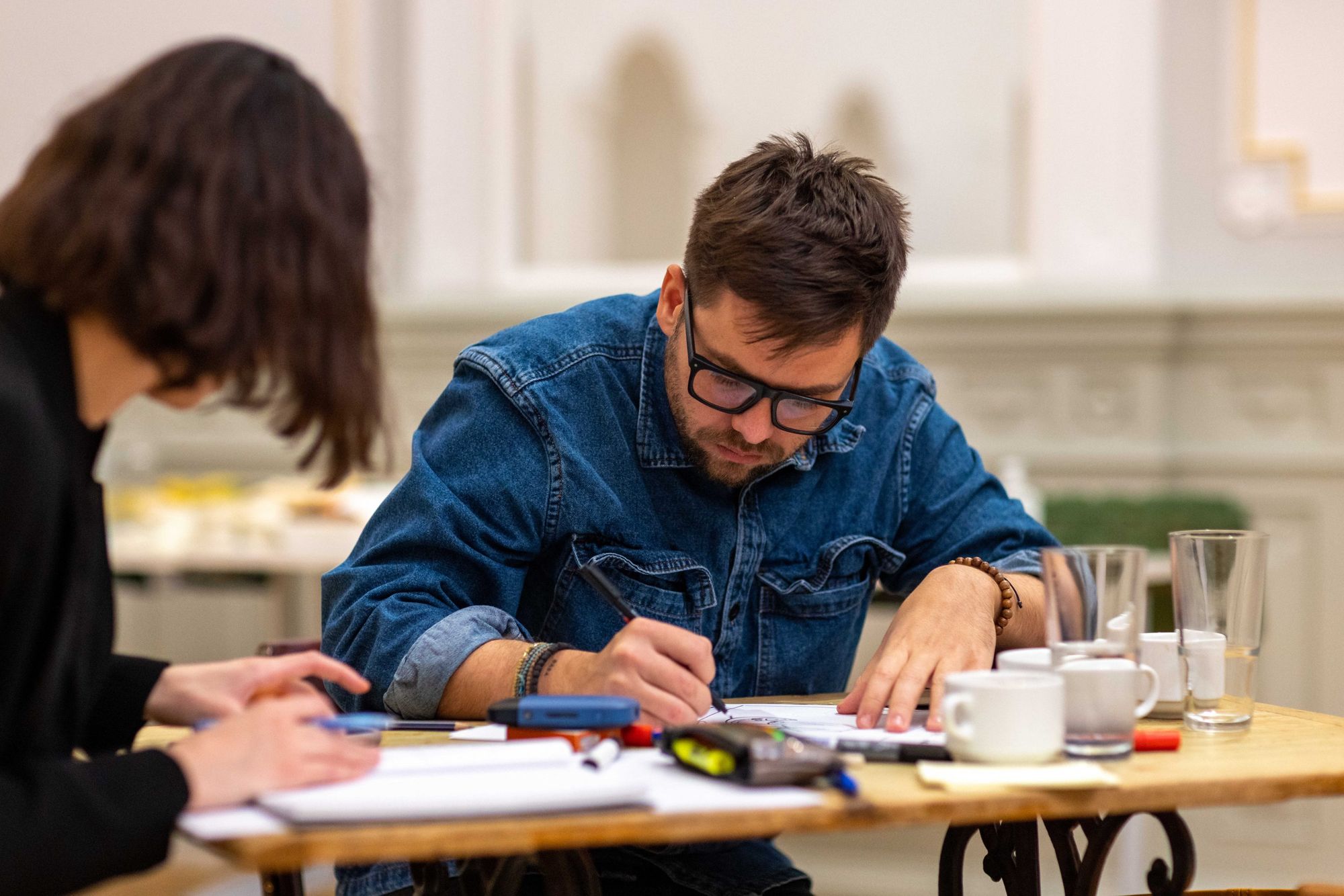
They would like to see curious, open, confident English-speaking colleagues on the team who want to improve on their own. In their interpretation, Publicis Groupe Hungary is not a terminus, but an accepting environment where colleagues can gain experience in domestic and international projects, and they can utilize this knowledge later on.
And who exactly are they looking for? Look for open positions—from copywriter to UX designer—on the webpage of Publicis Groupe Hungary!
Photos: Ciaran Jackson
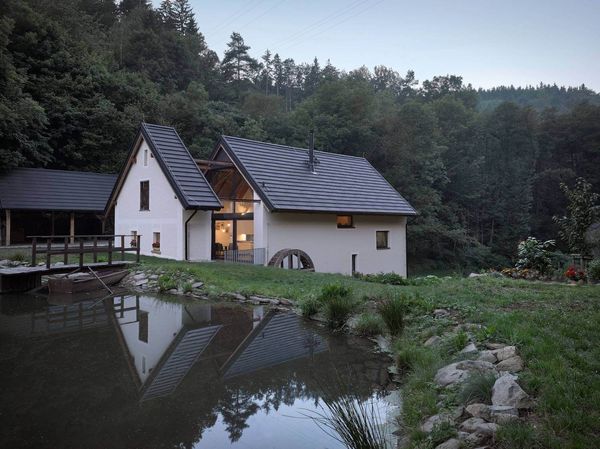
Family home from an old mill

Endless alternatives—outstanding vegan cafés in the region | TOP 5
